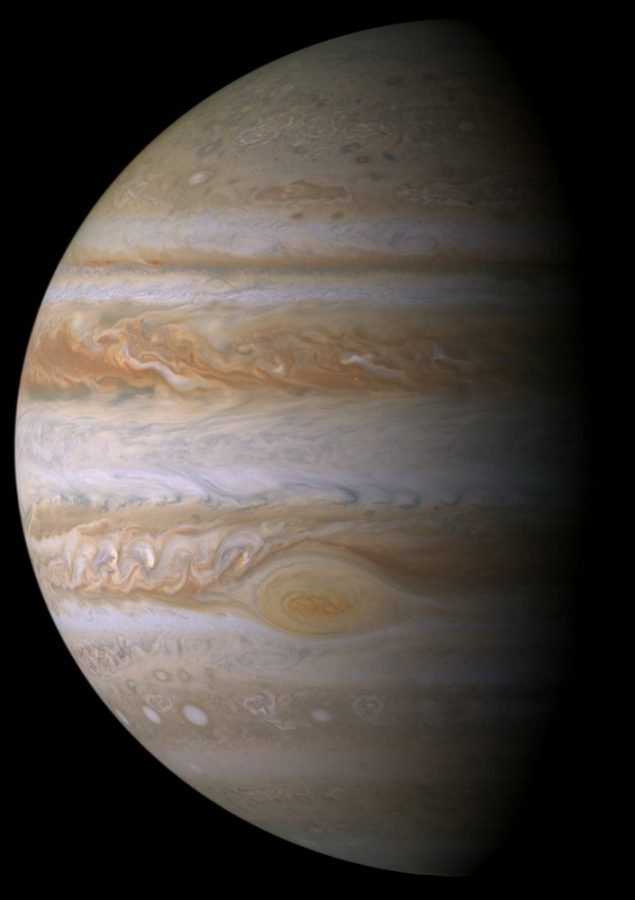All eyes were on the sky during the Fourth of July, and
there’s no exception at NASA. But they weren’t looking at fireworks; they were
waiting for the Juno space probe to arrive at Jupiter. The Juno space probe
mission arrived at Jupiter, 540 million miles away, after a five year voyage
through the solar system.
Juno was launched to study the composition of Jupiter, both
the gravity and magnetic fields and the details about how the planet formed.
One experiment is being spearheaded by a UA professor in the Lunar and
Planetary Laboratory, William Hubbard. Hubbard and his colleagues are looking
at the composition of Jupiter’s interior, specifically with the core using
gravity data from Juno.
The final step into orbit, called an orbit insertion, was particularly tense for the Juno team. The
probe needed to slow down enough to enter orbit, not simply go through to land
on the planet. The probe needed to ‘hit
the brakes,’ essentially fire it’s engine and slow itself down by 1,212 miles
per hour, according to CNN. The
tricky move was successful and the probe successfully entered orbit.
Here are some facts about Juno you need to know after it’s
successful orbit insertion.
- Radiation
can hurt space crafts, too
The radiation around Jupiter is extreme. With a magnetic
field nearly 20,000 times as intense as Earth’s, Juno needs protection from charged
particles moving at high speeds.
- Capture
orbits can save fuel
Juno will be in an orbit for 107 days in a “capture
orbit” to save fuel. The final orbit of Juno is only 14 days, but a direct
route to the final orbit would have used a large amount of fuel. The capture
orbit also allows for scientists to ensure the instruments are working properly
and to being collecting data.
- Death will
be swift and traumatic
Juno will end its mission in February 2018 by intentionally
crashing into Jupiter’s atmosphere as to preserve Europa from Earth microbes
that could contaminate the ocean covered moon.
For more updates about NASA’s Juno space probe, follow it’s twitter.
Follow Bailey Bellavance on Twitter.









